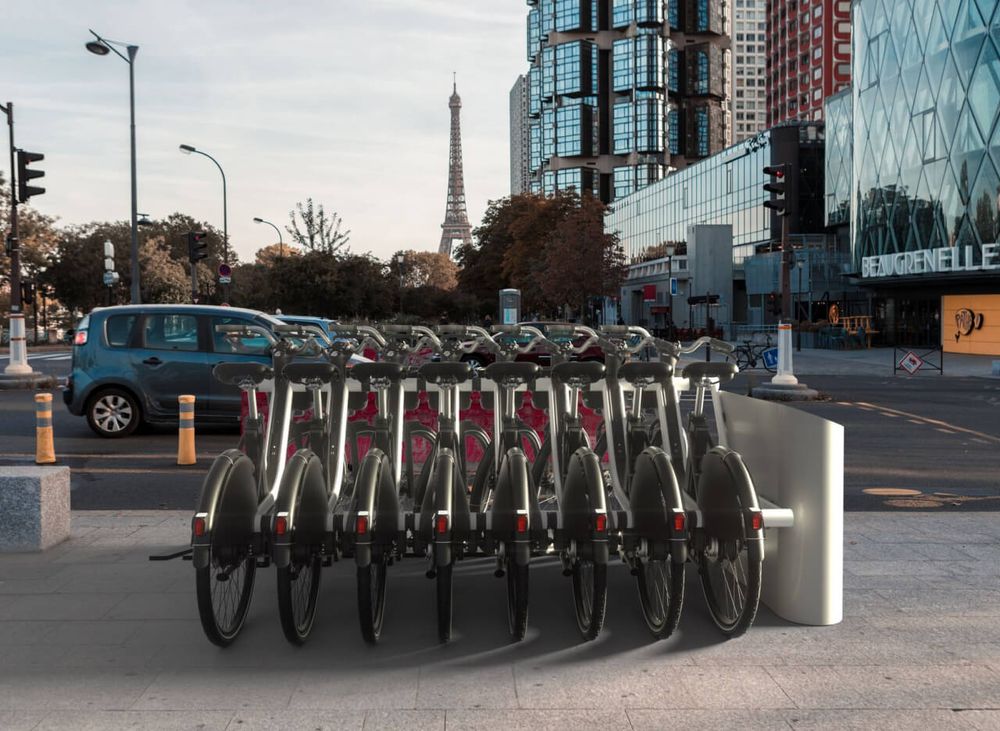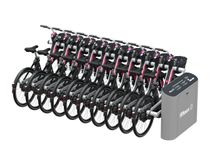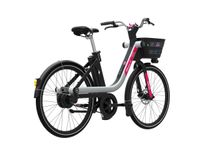When planning a bike-sharing scheme, challenges include (but are not limited to):
- Vandalism
- Finding hardware with low maintenance costs
- Expensive, inactive assets
These factors must be taken into consideration when choosing your bikes and stations - to ensure the longevity of your service.
Reducing vandalism with flexible docking infrastructure
Prevention is better than cure
CoMoUK gives great advice on reducing vandalism during the operating phase, including community engagement interventions and greater involvement from the police. The choice of technology, however, has an even greater role to play when thinking about damage to the service.
When it comes to bike-sharing, parking infrastructure is probably the most crucial part.They keep bikes neat and tidy for advertising partners and citizens and, in the case of electric bikes, recharge the fleet. Naturally, they provide additional security against inappropriate use and theft.
Challenge the status quo
We wanted to rethink the traditional docking system and create a charging station that only uses as much space as it needs - the perfect choice for building mobility hubs.





